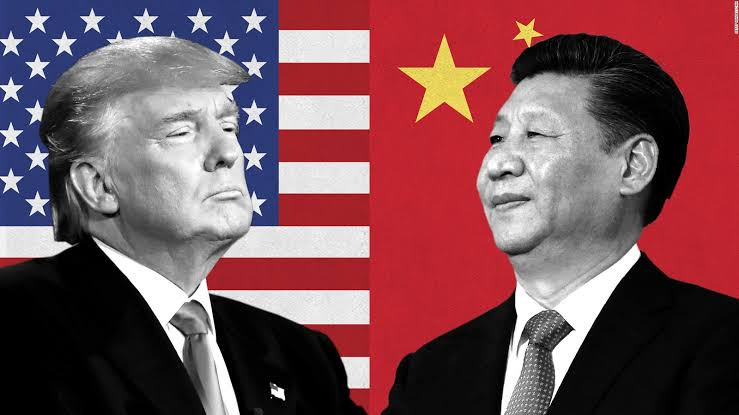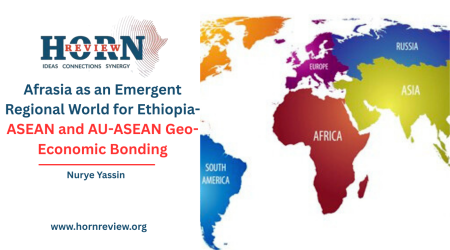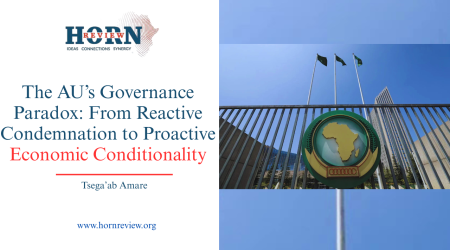
13
Apr
Economic Titans at Odds: The China-U.S. Rivalry and Its Global Consequences
The geopolitical rivalry between China and the United States, two of the world’s most influential economic powerhouses, has evolved into a high-stakes contest for global supremacy. This rivalry signals a fundamental shift from the post-Cold War era, when the United States stood as the unchallenged hegemon. The rapid ascent of China, marked by extraordinary economic growth and a concerted military buildup, has disrupted the unipolar world order, positioning the Middle Kingdom as a formidable contender to American preeminence.
In response, the United States, particularly under the leadership of President Donald Trump, has recalibrated its approach to global affairs, embracing an overtly nationalist and confrontational stance. His administration’s “Make America Great Again” (MAGA) agenda sought to restore American dominance in a variety of spheres—economic, military, and diplomatic—often framing China as a principal adversary. The Trump administration alleged that China had manipulated global trade systems to its advantage, benefiting disproportionately from a range of unfair practices, which, according to Washington, skewed competition in China’s favor.
The accusations leveled by the U.S. focused on China’s pervasive use of state-led mechanisms, including subsidies and favorable policies, to flood global markets with low-cost goods. These practices, critics argued, allowed Chinese manufacturers to undercut American firms, creating significant trade imbalances. In response, Trump’s administration levied sweeping tariffs on Chinese imports, thereby inflating their cost to U.S. consumers and attempting to recalibrate the trade balance. Central to these measures was a bid to revitalize the American industrial base, stimulate domestic production, and reduce reliance on Chinese imports, which the administration argued were undermining U.S. manufacturing and employment prospects.
The conventional wisdom in the West, prior to China’s meteoric rise, posited that the country’s economic liberalization would lead inevitably to political reform. It was widely assumed that the prosperity generated by rapid economic growth would cultivate a burgeoning middle class that would demand greater political freedoms, ultimately steering China toward a model of Western-style capitalism and democracy. However, this expectation has proven to be unfounded. Instead of embracing democratic governance, the Chinese Communist Party has doubled down on political control, maintaining a firm grip on power while further consolidating its dominance over the economy.
China’s economic model has become increasingly export-driven, producing far more goods and services than its domestic market can absorb. From consumer electronics to textiles, China’s global export dominance is a result of its highly competitive manufacturing sector, which is underpinned by extensive state support. This export-led strategy has allowed China to dominate global supply chains, while at the same time maintaining a heavily protected domestic market. Key initiatives such as Made in China 2025, which targets leadership in high-tech industries like artificial intelligence, robotics, and telecommunications, reflect Beijing’s long-term strategy to move beyond low-cost manufacturing and secure a competitive edge in the global technological arena.
To counteract China’s aggressive economic expansion, the U.S. has intensified its trade conflict with Beijing, employing tariffs and other protectionist measures in an attempt to reshape the global economic landscape. These policies are not only designed to make Chinese goods less competitive but also to encourage the repatriation of American manufacturing jobs. The Trump administration’s tariffs were thus framed as a means of re balancing the U.S. trade deficit, which had ballooned in the wake of China’s entry into the World Trade Organization (WTO) in 2001. However, while proponents of these policies argue that such measures are necessary to reassert American industrial strength, critics warn of their potential to exacerbate global economic instability, inflating costs for consumers and undermining international supply chains.
At its core, the U.S.-China rivalry is driven by a deeper existential concern: the fear that China’s continued rise could eventually unseat the United States as the dominant global economic, technological, and military power. This fear has thrust both nations into a contest that is not merely economic but geopolitical in nature, with profound implications for the future of the global order. The competition spans trade, defense, technological innovation, and influence in multilateral institutions, compelling other nations to align themselves with one of the two superpowers, further dividing the world into competing blocs of allies and adversaries.
Together, the U.S. and China account for approximately 43% of global GDP, according to the International Monetary Fund (IMF). Given their significant share of the global economy, the policies of both nations have profound consequences for international economic stability. A prolonged trade war between these two titans risks disrupting global supply chains, inflating prices for consumers, and destabilizing financial markets. Furthermore, their protectionist strategies and heavy industrial subsidies are likely to entrench their dominance in high-value manufacturing sectors, leaving developing economies relegated to the role of raw material suppliers rather than participants in higher-value production.
This entrenched global hierarchy perpetuates a longstanding imbalance, wherein advanced economies control the most lucrative segments of production, while the Global South remains dependent on commodity exports. Developing nations, particularly in Africa, Latin America, and parts of Asia, face substantial barriers to economic development, including limited infrastructure, insufficient capital, and fragile institutional frameworks. These challenges hinder their ability to break free from the cycle of resource dependency, leaving them vulnerable to the whims of the global economic system.
As the trade war between the U.S. and China shows no sign of abating, the ripple effects will continue to reverberate across the global economy, particularly in the developing world. To mitigate the risks posed by this economic competition, countries in the Global South must prioritize the development of resilient domestic manufacturing sectors. By investing in value-added industries and improving infrastructure, these nations can reduce their reliance on volatile global markets, enhance their economic diversification, and strengthen their bargaining power in the international arena.
By Yabsira Yeshiwas,Researcher, Horn Review










